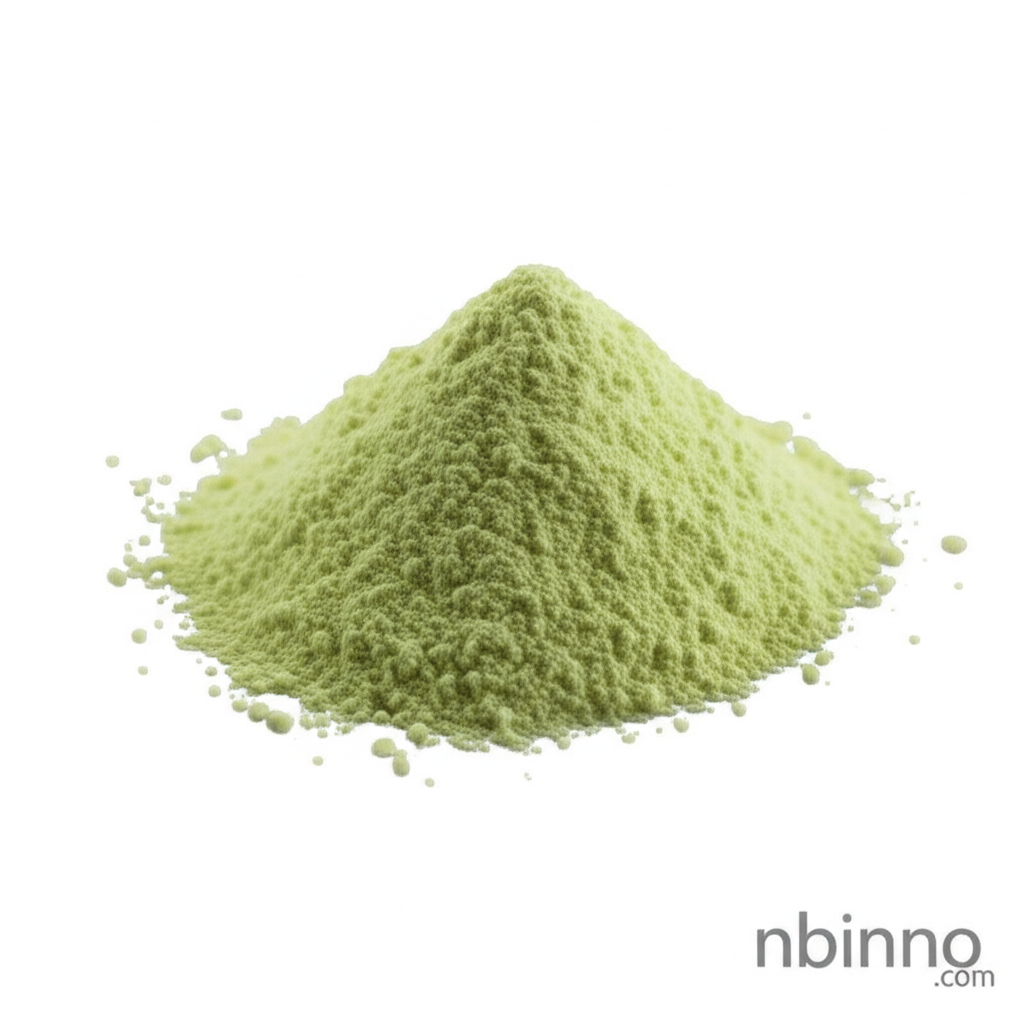3-Nitrophenylacetylene: A Versatile Building Block for Organic Synthesis and Advanced Materials
Explore the multifaceted applications of 3-Nitrophenylacetylene (CAS 3034-94-4) in modern chemistry and materials innovation.
Get a Quote & SampleProduct Core Value

3-Nitrophenylacetylene
As a key chemical intermediate, 3-Nitrophenylacetylene (CAS 3034-94-4) stands out due to its unique bifunctional nature, combining a reactive terminal alkyne with an electron-withdrawing nitro group. This structure makes it exceptionally versatile for a wide range of chemical transformations and material developments.
- Leveraging the reactivity of 3-nitrophenylacetylene in organic synthesis allows for the construction of complex molecular architectures, crucial for drug discovery and development.
- The compound's potential in materials science lies in its role as a monomer for creating conjugated polymers with tunable electronic and optical properties, vital for next-generation electronic devices.
- Utilizing synthesis of 3-nitrophenylacetylene through various routes, including Sonogashira coupling and alkyne functionalization, ensures its accessibility for diverse research needs.
- The nitro group can be readily transformed into an amine, a common precursor in medicinal chemistry, underscoring the importance of 3-nitrophenylacetylene in medicinal chemistry.
Key Advantages
Synthetic Versatility
The dual functionality of 3-nitrophenylacetylene enables participation in critical reactions like Sonogashira coupling and click chemistry, facilitating the creation of diverse organic molecules, a key aspect of 3-nitrophenylacetylene for organic synthesis.
Material Property Tuning
As a monomer, 3-nitrophenylacetylene allows for the development of advanced polymers with tailored electronic and optical characteristics, crucial for innovations in materials science.
Pharmaceutical & Agrochemical Intermediacy
Its structural features and reactivity make it a vital intermediate in the synthesis of pharmaceuticals and agrochemicals, aligning with the goals of 3-nitrophenylacetylene in medicinal chemistry and agrochemical applications.
Key Applications
Organic Synthesis
Acts as a crucial building block for complex molecule synthesis, including heterocyclic compounds and advanced intermediates through reactions like click chemistry with 3-nitrophenylacetylene.
Pharmaceutical Industry
Serves as a precursor for drug synthesis, where the nitro group can be reduced to an amine, a common moiety in active pharmaceutical ingredients.
Materials Science
Used as a monomer to create conjugated polymers with tunable electronic and optical properties for applications in sensors and organic electronics.
Agrochemical Synthesis
Functions as a starting material in the production of agrochemicals, such as fungicides, contributing to crop protection solutions.
